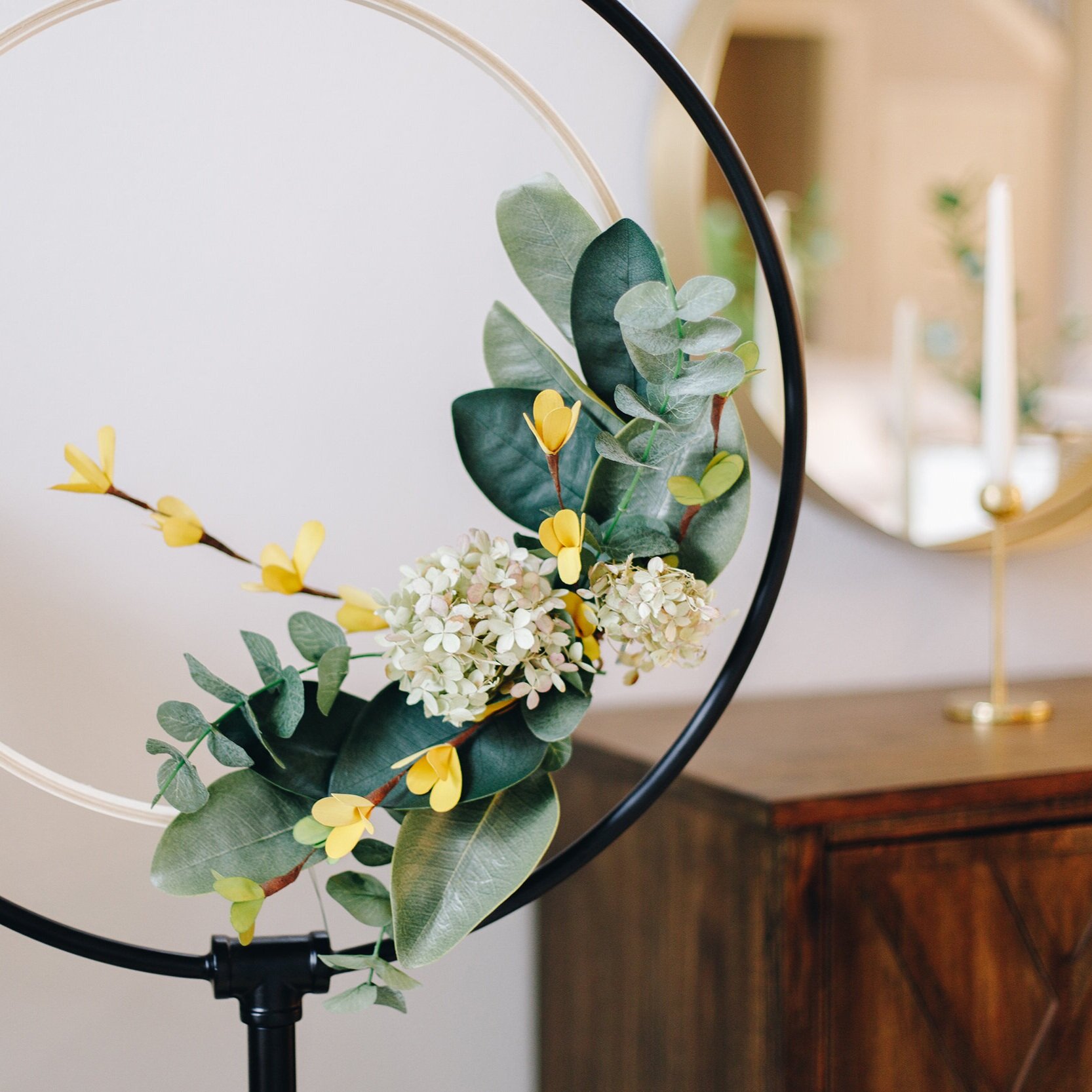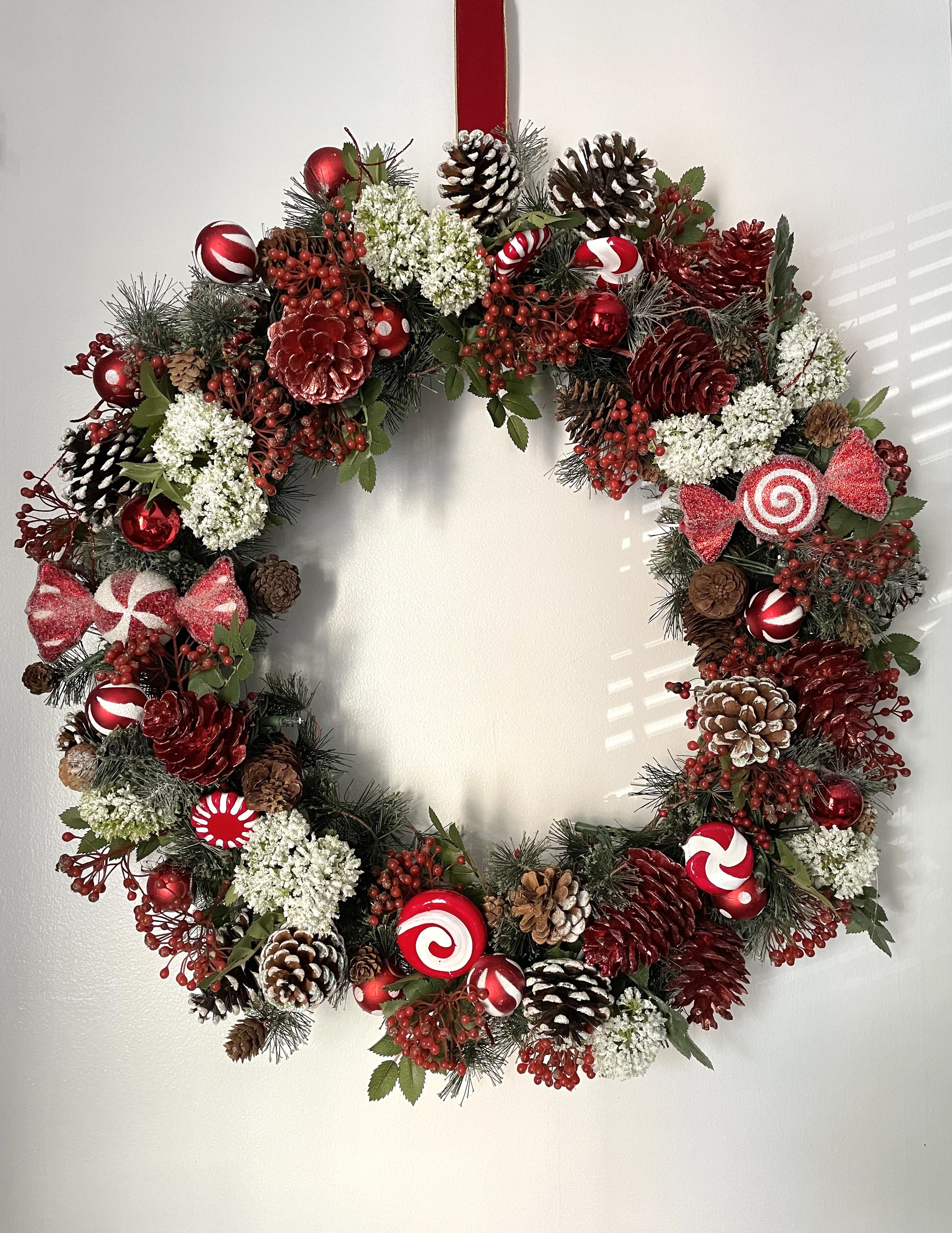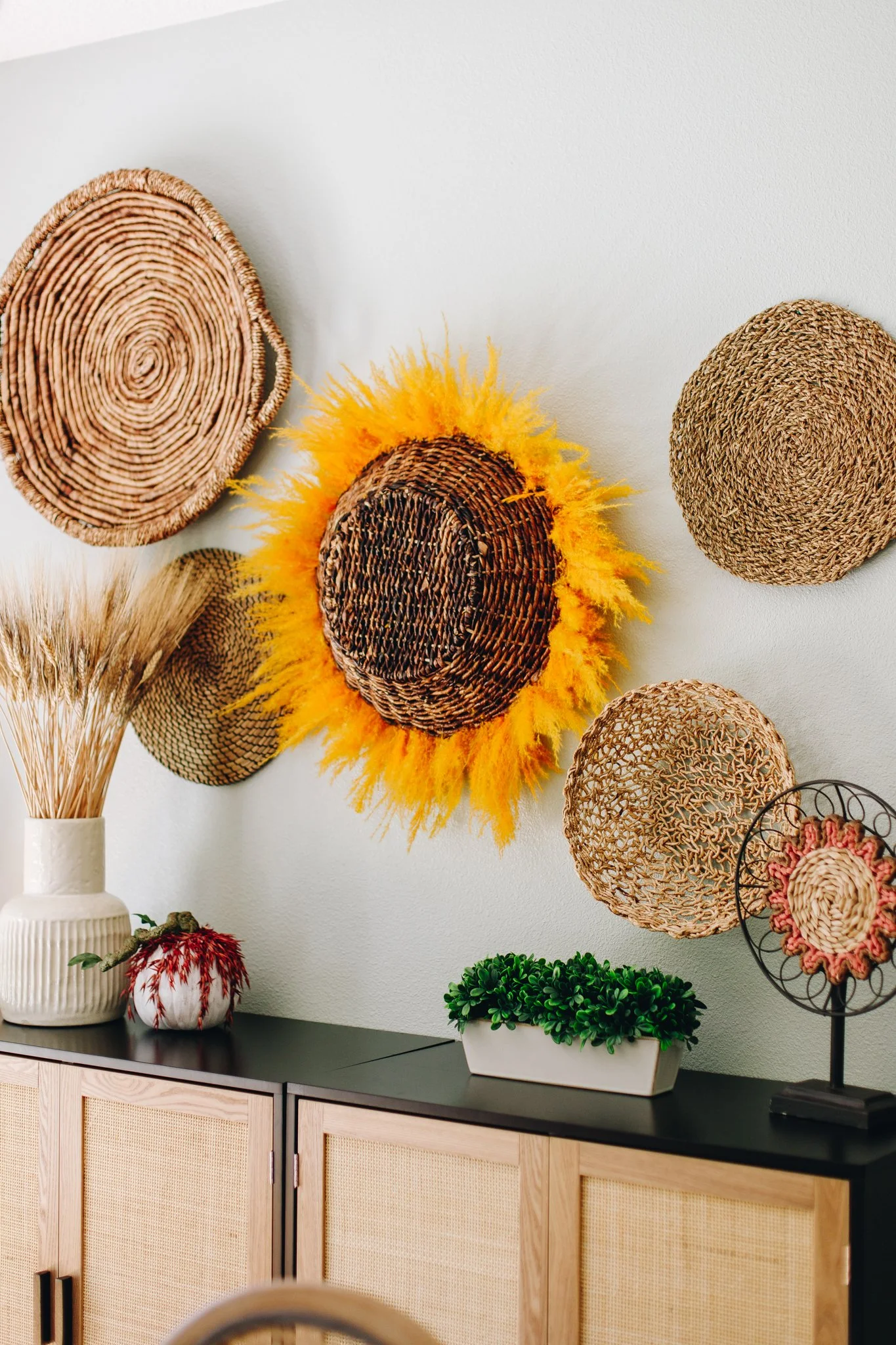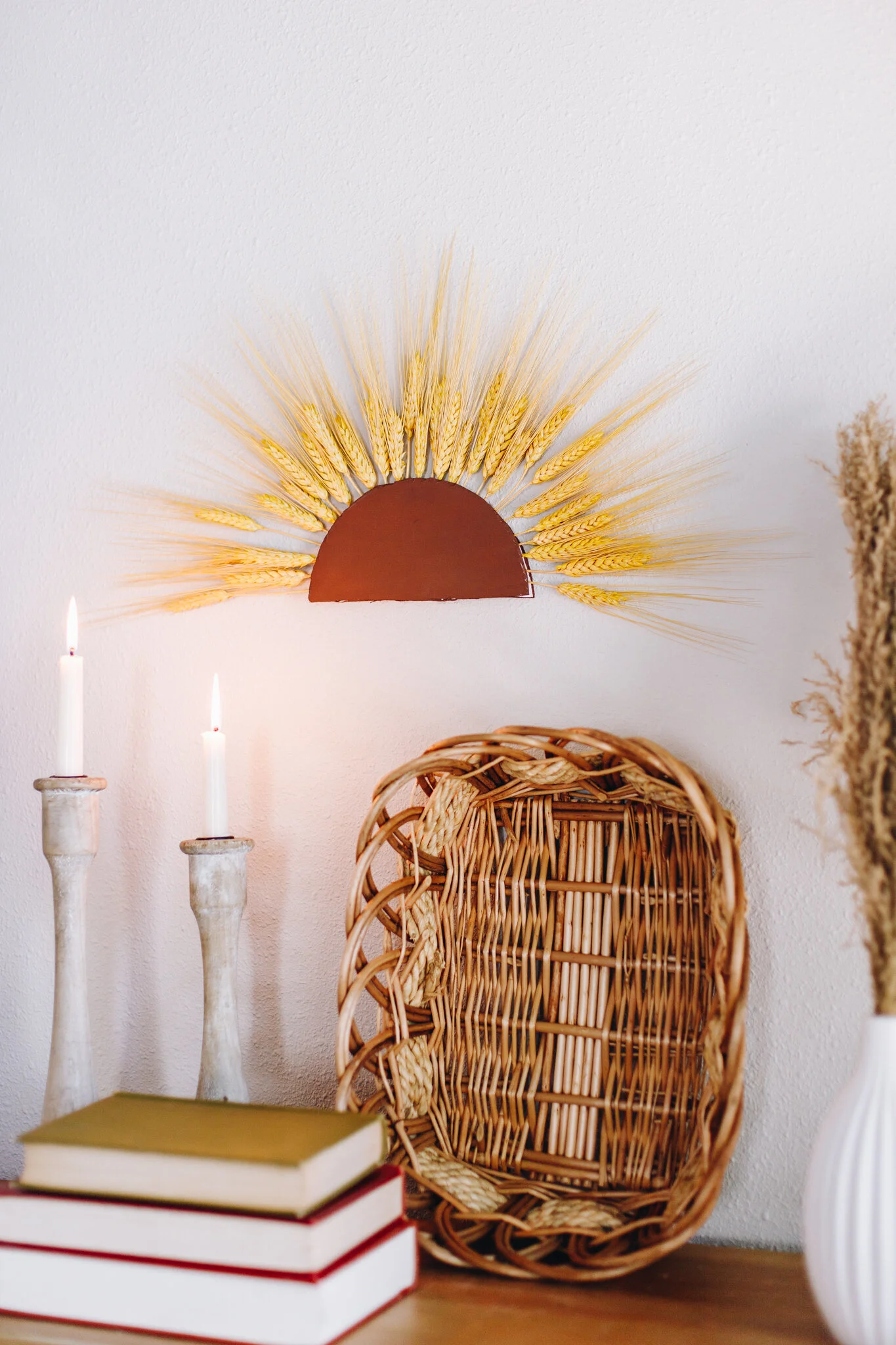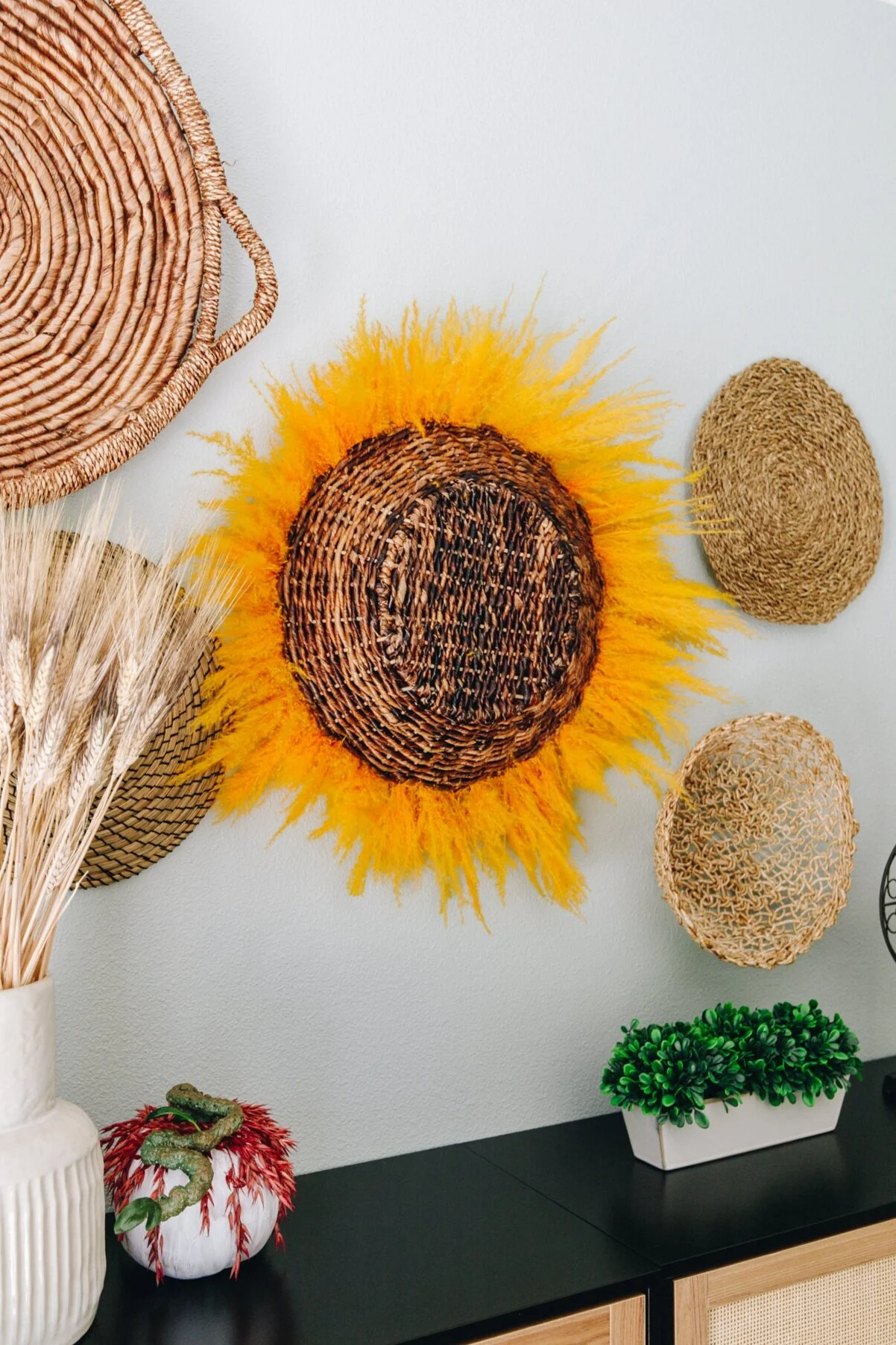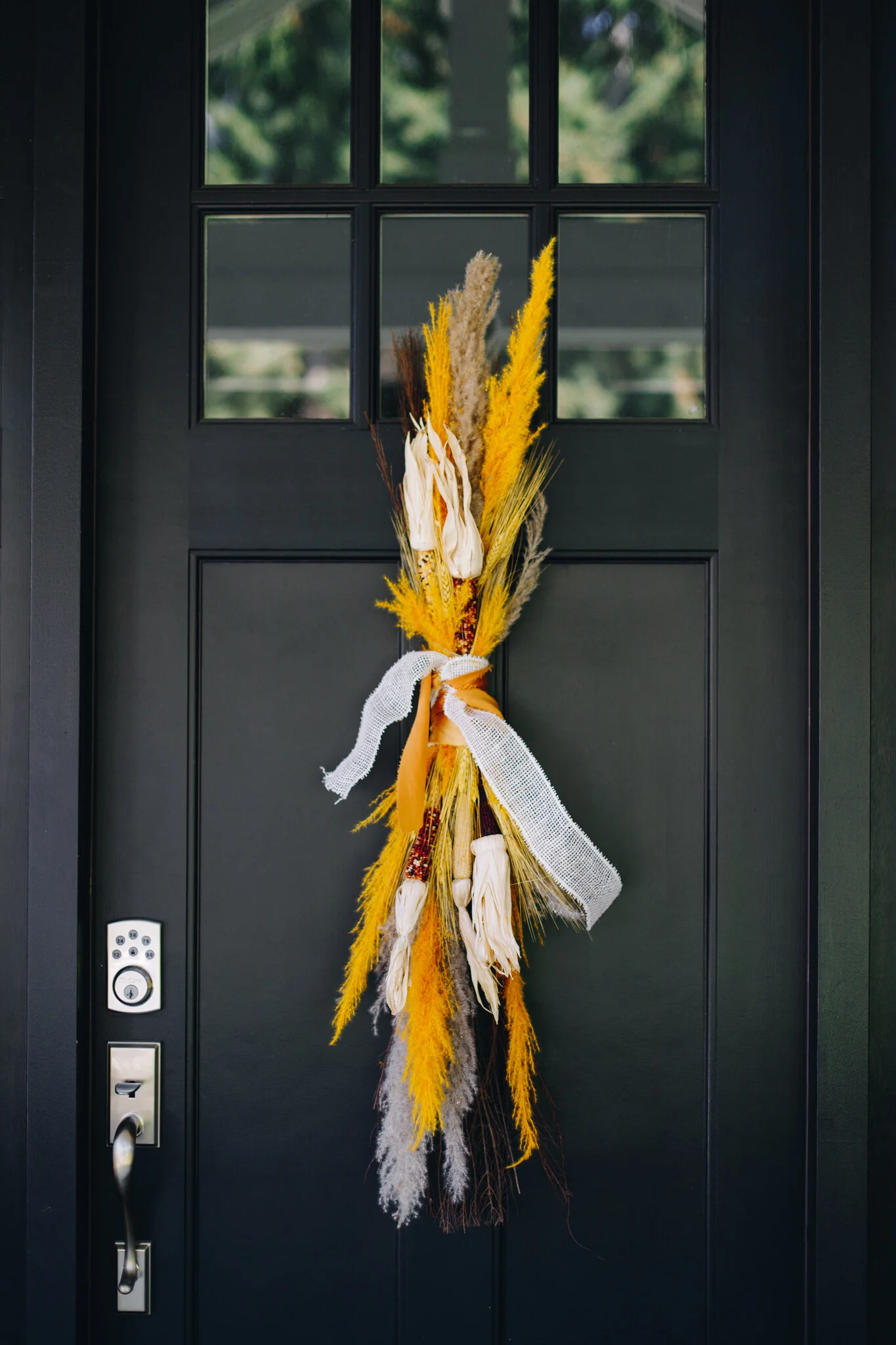What Does it Really Mean to Put a Wreath on Your Door?
We all share the desire to create something special for our homes, especially during the holiday months, but when it comes to crafting we don’t all have the same skill level or enthusiasm. On top of that, the investment in creating your own décor may feel intimidating. However, whether you are short on time or have an abundance of it, building a wreath for each season can be satisfying for anybody. From seasoned crafters to beginners, wreaths are a great way to mark the passing of various milestones. They can be minimal and simple, to complex and abundant; beauty is in the eye of the creator.
Wreaths have a long history as symbols of victory and celebration, eventually becoming a hallmark of classic holiday décor. Their affiliation with Christmas is no reason to stop you from keeping one up year-round, though. With these easy-to-follow tips, we’ll show you how to make your own custom wreath designed to suit your style, your skill, and to complement the season.
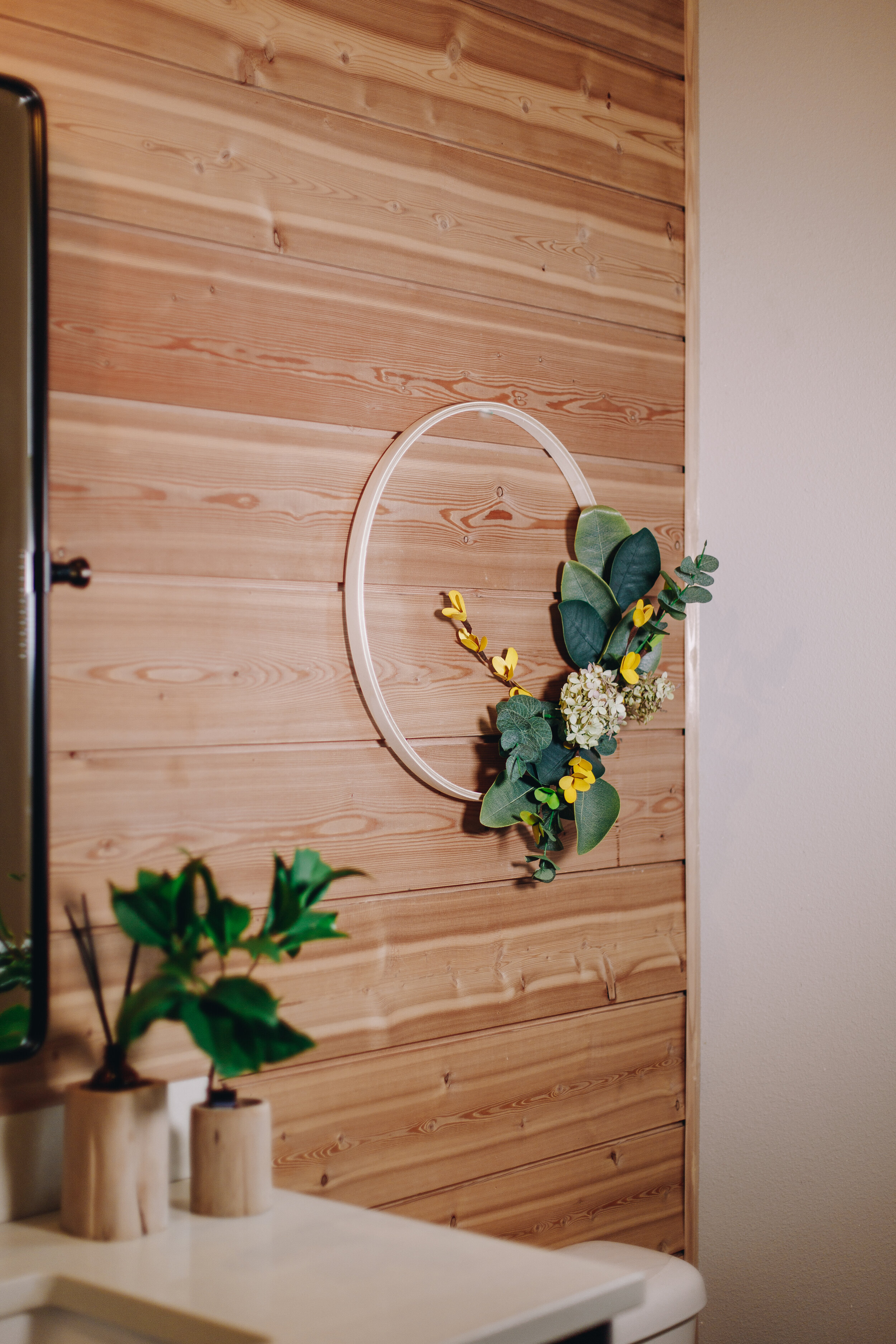

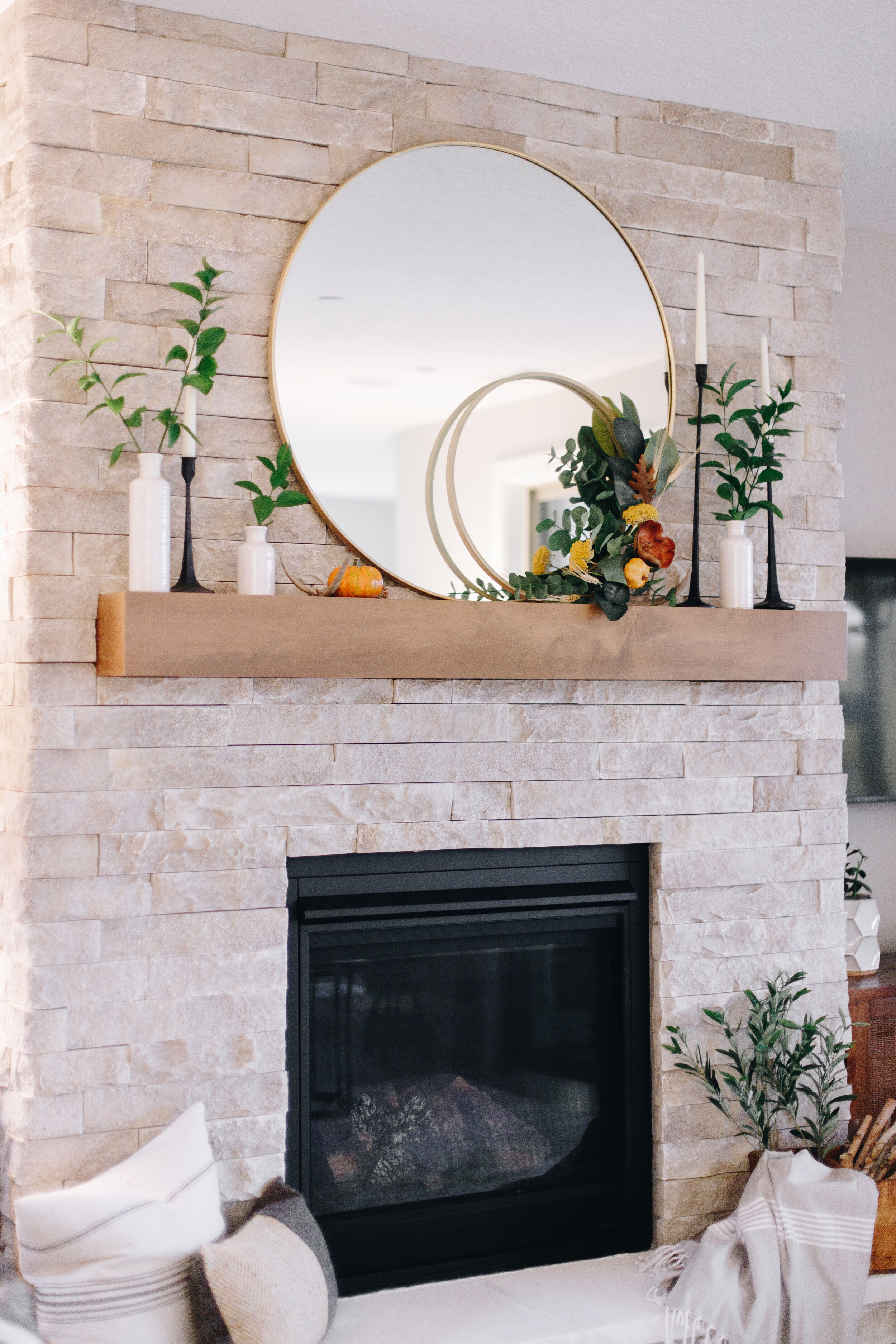
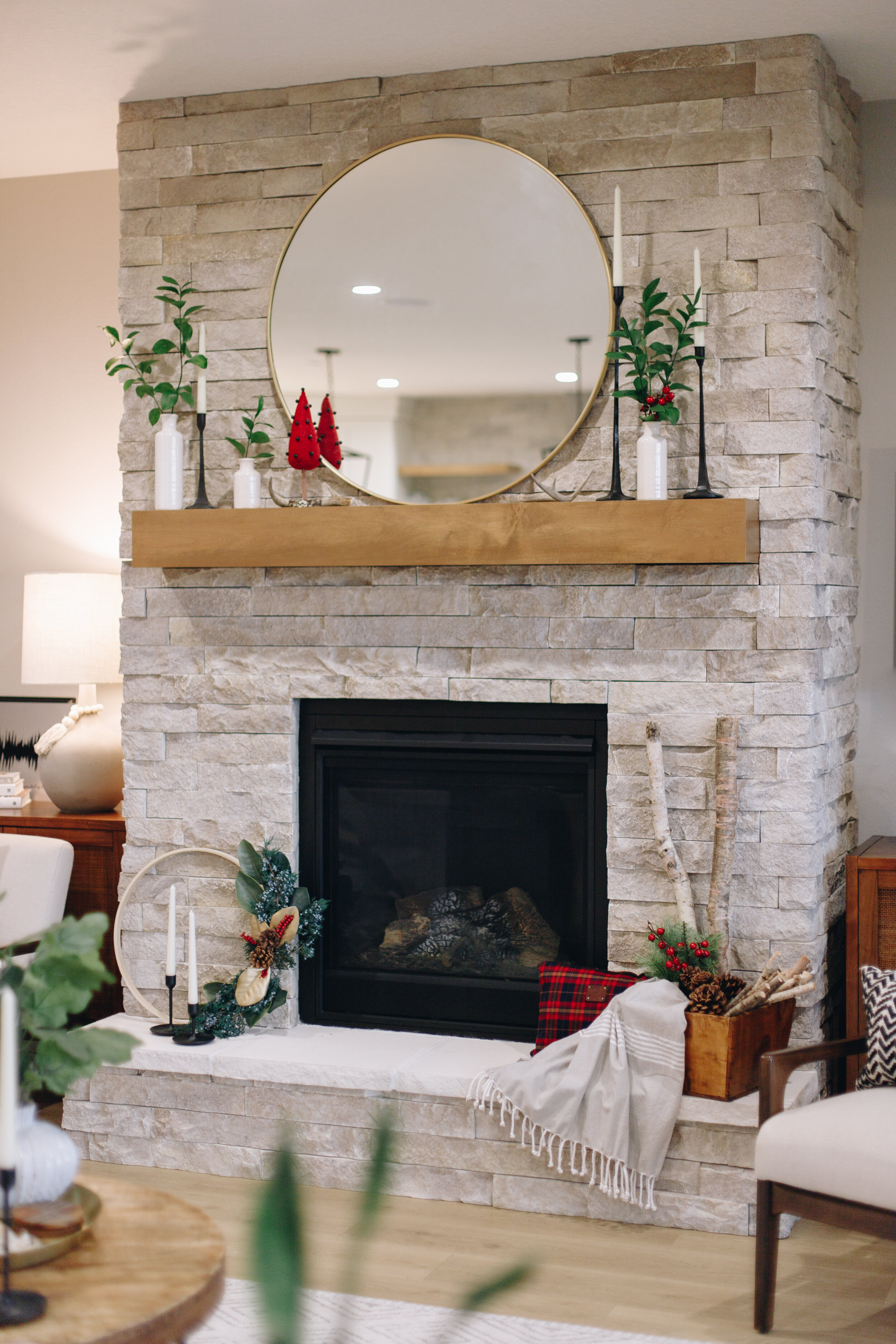
What’s in a Name
As long as we’ve been drying flora (which admittedly, is a very long time), we’ve been fashioning flowers and plants into various forms of decor, mementos, and personal effects. The garland, which is most commonly associated with holiday decor, is in fact a simple term to describe pieces of vegetation that have been strung together and are not arranged in a vase or container.
The wreath is slightly more specific in that it’s a garland in a circular shape. It’s a form that lacks a clear origin, but has been seen across cultures and throughout time. Today we distinguish between wall hangings and headpieces, but in antiquity it was common for wreaths to serve double duty as decor and crown. The Greeks and Romans who are largely credited for popularizing the wreath, often adorned them on their heads to connote occupation, victory, or celebrations. There are still traces of this practice today in the crowns worn by royal families or flower crowns worn by brides.
The Christmas Wreath is Born
If a wreath can technically be constructed from any plant, how did the evergreen holiday wreath become so universal? To answer that, it’s worth noting that the specific materials used in wreaths were almost always significant. They were dependent on what was available seasonally and the symbolism of the occasion. For example, Grecian Olympic athletes always wore wreaths made of bay laurel, for victory, while priests adorned wreaths constructed from olive branches, which symbolized peace.
Evergreens are considerably newer to wreaths compared to their ancient predecessors, as they did not become standard Christmas decor until around the 16th century in Northern and Eastern Europe. However, they have long been a symbol of hope and spring to come during the winter season. In fact, it is believed that the Christmas tree gave rise to the Christmas wreath, because evergreens brought into the home would need to be pruned in order to fit and achieve a uniform shape. The cast-off branches were then saved and woven together to create a wreath. The evergreen boughs combined with the circular shape came to be an important spiritual symbol of eternity and hope.
Wreaths for Every Occasion
These days, there are few things that smell better than a fresh evergreen wreath, but that doesn’t mean it’s not possible to enjoy other kinds of wreaths throughout the year. If history has taught us anything, it’s that wreaths can (and should!) celebrate every occasion, even if it’s just the passage of time.
So, for the crafter who wants to indulge their wreath-making dreams, here’s how to get started with some DIY tips and ideas to inspire you, any time of year:
Selecting the Base
The first thing to do when selecting a base for your wreath is to consider where it will be placed, and the types of materials that will be used. Some forms are more suitable for indoor use rather than outdoor, and likewise are designed to bear more or less weight. For an outdoor wreath that will be loaded with decor and required to face the elements, consider using a wire base. It will be rugged enough to handle some weather exposure, as well as strong enough to hold however many seasonal accents the wreath is decorated with.
For an indoor wreath that is both modern and lightweight, we recommend using an embroidery hoop. Wooden hoops are inexpensive, come in many different sizes, and can be reused. Because they are made of wood, they are also easy to stain or paint to match existing decor, and if you are feeling playful you can even experiment with oval-shaped hoops. They come in two pieces, an inner and an outer hoop, but for wreath-building purposes you can split them to create two separate wreaths.
Choosing Materials
The beauty of wreaths is that they can be made out of anything, and the only limit to what can be designed is your imagination and the materials you have selected. Greenery and flowers are always a classic choice, but there’s no reason wreaths can be adorned with ribbons, small trinkets, or even vintage ornaments if you are feeling adventurous and bold.
To create a wreath that is appropriate for a specific holiday or time of year, a good rule is to pick materials that are currently available. Anything from evergreen branches, berries, and pinecones, to dried or fresh flowers and foliage there is something each season to adorn your wreath.
For each of these wreaths, we chose seasonally appropriate greens and then opted for a few accent pieces to establish a focal point. Since these are all understated wreath designs, less is more when it comes to the accent. It does not take much to make those bright colors pop and to create a stunning seasonal accent! Here are some examples of wreaths and materials designed for each season:
FALL WREATH
Palm cap, dried yarrow, dried pomegranate or pumpkin, dried oak leaf, dried wheat stalks, eucalyptus branches, and magnolia leaves.
winter wreath
Pinecones, faux red berries, juniper branches, and magnolia leaves (natural and gold).
spring wreath
Hydrangea flowers, green and yellow palm lily flowers, eucalyptus branches, and magnolia leaves.
Summer wreath
Dried artichoke, faux billy button ball, dried celosia, eucalyptus branches, and magnolia leaves.
Needless to say, there are no “rules” when it comes to designing wreaths and how much of each type of plant or material is used. Feel free to skip the greens altogether and build a wreath made entirely of pinecones, oak leaves, or dried cranberries if that is what speaks to you.
Building the Wreath
Once a base has been chosen and the materials decided on, it’s almost time to start building the wreath! Here are the supplies you’ll need to gather:
The base (ex. embroidery hoop)
The materials (greens, flowers, pinecones, etc.)
Scissors
Floral wire
Hot glue gun (optional)
Lay out the materials and start assembling the wreath from the outside in, laying down the biggest greens first. Use floral wire to secure these pieces to the base.
Keep working towards the center, layering foliage material and securing with wire or hot glue. Trim plant materials as necessary.
At the center, start adding the focal pieces and use floral wire to secure. The wire should not be visible. Use a hot gun to secure pieces if needed.
When the glue is dry, double-check that all of the pieces are firmly attached and not at risk of falling off. Reinforce pieces as necessary.
To Hang or Not To Hang: That is the Question
Wreaths tend to be associated with doors and welcoming guests into the home, but they are actually one of the most versatile decor pieces around since they can be displayed just about anywhere. In fact, placing them horizontally around candles was just as common in 16th century Europe as hanging them on the wall. One reason we love using embroidery hoops as a wreath base is that the minimal design and little bit of width makes it easy to display them on a countertop or fireplace mantel without having to hang them.
It’s also fun to play with other circular decor to provide interesting contrast to the shape of the wreath—like the large mirror behind this fall wreath, or a pizza board behind a kitchen counter wreath. If you do opt to hang the wreath, don’t feel limited to just a doorway. Wreaths can be hung on any vertical surface, and in any room of the house. Whether it’s the living room mantel, bathroom wall, or even the back of the dining room chairs, no place is off-limits!
Make it Your Own
Wreaths are meant to be enjoyed—no matter the occasion. Now more than ever, it’s important to embrace joy where we can find it and celebrate the passing of the seasons with our loved ones. We hope that these tips and tricks have given you plenty of ideas to get started on your own wreath-making journey and that you feel confident in building and designing a seasonally appropriate decor piece for your home that everybody will enjoy.



